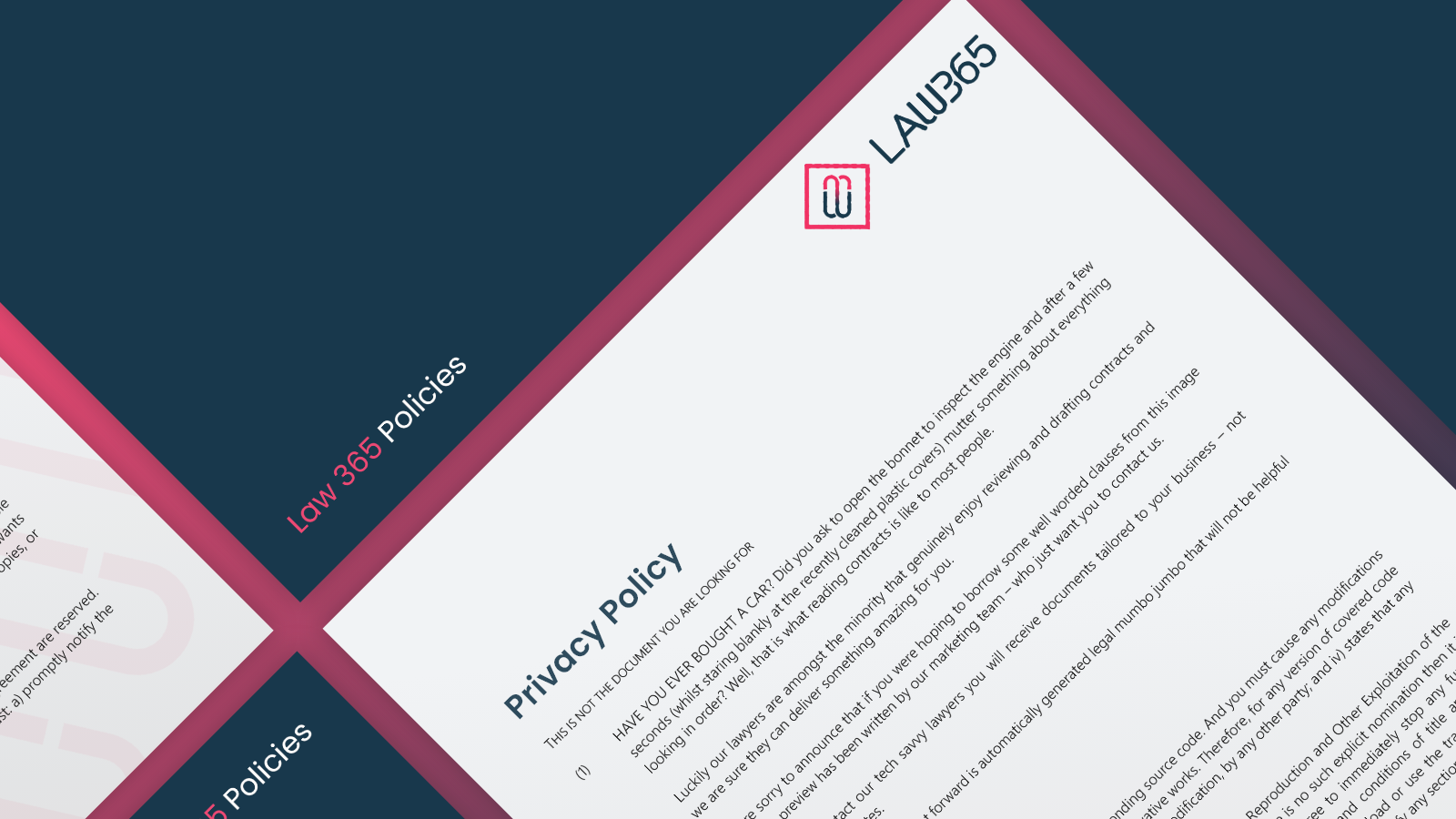
Table of contents
View the contents of a
Key facts
Get the key facts for a
Frequently Asked Questions
A: As well as setting out the code of conduct for your website, an Acceptable Use Policy is a tool to reduce your liability for anything a website user does on your website. This is of vital importance if there are any interactive tools like comment sections, on-site reviews, chatrooms or places where users can upload their own content.
What if a user uploads harmful information, or information that offends another user, or content that infringes on the intellectual property of another? You do not want to be held liable.
A: There are two ways to present an Acceptable Use Policy on a website; Browse-Wrap and Click-wrap.
Browser wrap (the most common) is where you post the policy on the website; you might have a link to it on various pages, in your site footer, or reference it in the Website Terms and Conditions. Legally speaking, this method limits your liability for user content, but probably wouldn’t be legally binding on users. The reason being is that a user could simply say “I didn’t read that".
However, Click-Wrap, where visitors must click “accept”, would be a more efficient way of proving that users have given consent.
A: Request our “key facts” for a detailed breakdown of what you should consider including in your Acceptable Use Policy.
In summary, An Acceptable Use Policy should list prohibited uses, content standards, and suspension and termination rules.
Used by
Contact us
Other documents we can help you with...


